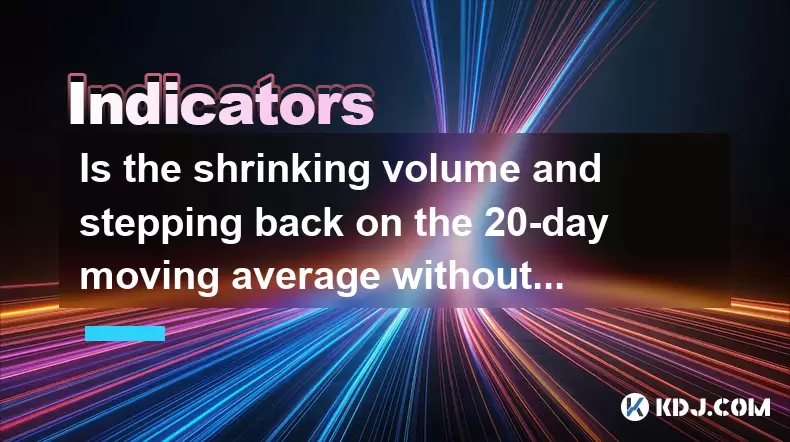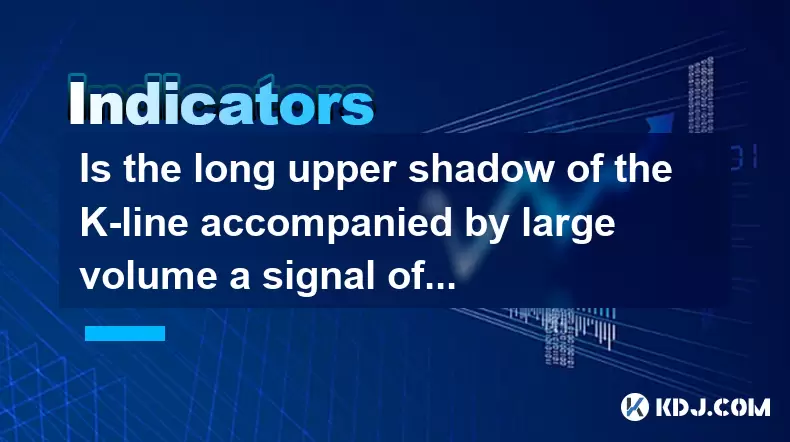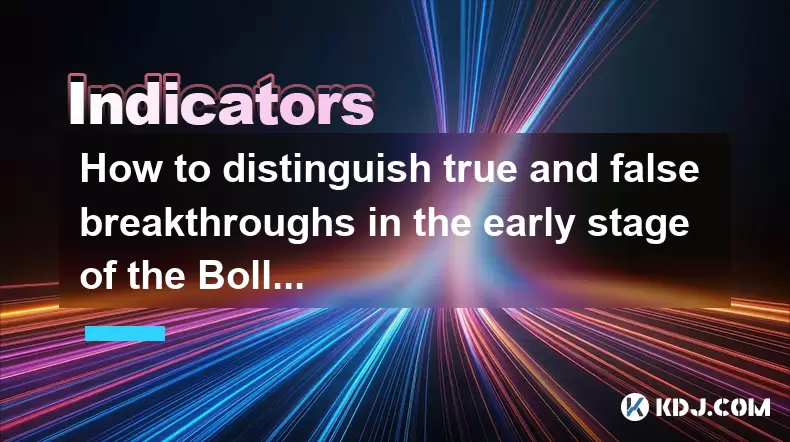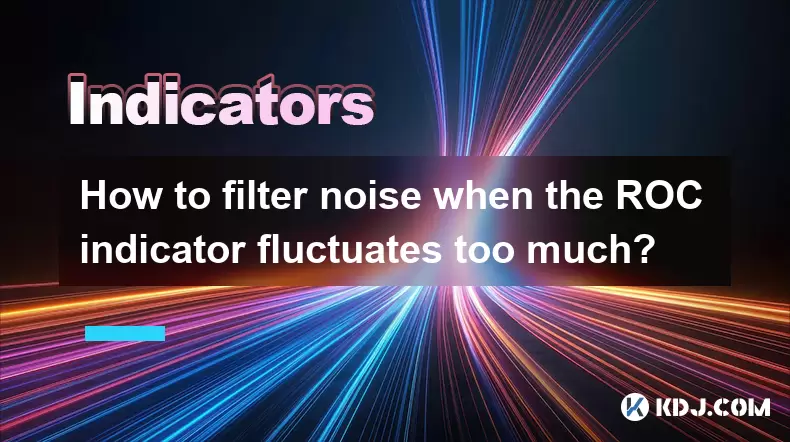-
 Bitcoin
Bitcoin $106,754.6083
1.33% -
 Ethereum
Ethereum $2,625.8249
3.80% -
 Tether USDt
Tether USDt $1.0001
-0.03% -
 XRP
XRP $2.1891
1.67% -
 BNB
BNB $654.5220
0.66% -
 Solana
Solana $156.9428
7.28% -
 USDC
USDC $0.9998
0.00% -
 Dogecoin
Dogecoin $0.1780
1.14% -
 TRON
TRON $0.2706
-0.16% -
 Cardano
Cardano $0.6470
2.77% -
 Hyperliquid
Hyperliquid $44.6467
10.24% -
 Sui
Sui $3.1128
3.86% -
 Bitcoin Cash
Bitcoin Cash $455.7646
3.00% -
 Chainlink
Chainlink $13.6858
4.08% -
 UNUS SED LEO
UNUS SED LEO $9.2682
0.21% -
 Avalanche
Avalanche $19.7433
3.79% -
 Stellar
Stellar $0.2616
1.64% -
 Toncoin
Toncoin $3.0222
2.19% -
 Shiba Inu
Shiba Inu $0.0...01220
1.49% -
 Hedera
Hedera $0.1580
2.75% -
 Litecoin
Litecoin $87.4964
2.29% -
 Polkadot
Polkadot $3.8958
3.05% -
 Ethena USDe
Ethena USDe $1.0000
-0.04% -
 Monero
Monero $317.2263
0.26% -
 Bitget Token
Bitget Token $4.5985
1.68% -
 Dai
Dai $0.9999
0.00% -
 Pepe
Pepe $0.0...01140
2.44% -
 Uniswap
Uniswap $7.6065
5.29% -
 Pi
Pi $0.6042
-2.00% -
 Aave
Aave $289.6343
6.02%
Is the shrinking volume and stepping back on the 20-day moving average without breaking it an opportunity to increase my position? How to judge?
A pullback to the 20-day moving average with shrinking volume often signals temporary weakness, not a trend reversal, offering traders potential buying opportunities if confirmed by bullish candlesticks or momentum indicators.
Jun 18, 2025 at 06:00 am

Understanding the 20-Day Moving Average in Cryptocurrency Trading
In cryptocurrency trading, the 20-day moving average (20DMA) is a popular technical indicator used to gauge short-term price trends. It calculates the average closing price of an asset over the last 20 days and helps traders identify potential support or resistance levels. When the price steps back to this moving average without breaking it, especially alongside shrinking volume, many traders interpret this as a possible continuation pattern.
The 20DMA acts as a dynamic support level during uptrends. If the price pulls back toward this line but holds above it, it may signal that buyers are still active and the trend remains intact. However, it's crucial to analyze additional factors before making any decisions about increasing your position.
What Does Shrinking Volume Indicate?
Volume plays a critical role in confirming the strength of a price move. When volume shrinks during a pullback, it often indicates reduced selling pressure, which can be a positive sign for bulls. In contrast, high volume on a downward move usually signals strong bearish conviction.
A drop in volume while approaching the 20DMA suggests that the decline might be temporary and not driven by significant fundamental or sentiment shifts. This could imply that institutional or large traders aren't actively selling off their positions, and retail panic isn't widespread either.
However, volume alone should not be used in isolation. It must be interpreted within the broader context of price action and other technical indicators.
How to Analyze Price Behavior Near the 20DMA
To determine whether stepping back to the 20DMA with shrinking volume is a buying opportunity, you should closely observe how the price behaves around this level. Here are some key points to consider:
- Price rejection at the 20DMA: If the price touches or slightly dips below the 20DMA and quickly bounces back above it, this can indicate strong support.
- Candlestick patterns near the 20DMA: Look for bullish reversal patterns such as hammer candles, morning stars, or engulfing patterns forming near the moving average.
- Consolidation phase: If the price hovers around the 20DMA for several days without breaking it decisively, this could suggest accumulation is taking place.
These signs help confirm that the 20DMA is still functioning as a support zone rather than a resistance level.
Combining Other Technical Indicators for Confirmation
To increase confidence in your analysis, use additional tools to validate the scenario. Some effective tools include:
- Relative Strength Index (RSI): A reading above 50 indicates bullish momentum. If RSI doesn’t fall into oversold territory (below 30) during the pullback, it reinforces the idea that the downtrend lacks strength.
- MACD (Moving Average Convergence Divergence): Watch for a bullish crossover or narrowing histogram as signs that momentum is turning upward again.
- Bollinger Bands: If the price pulls back to the middle band (which often aligns with the 20DMA) and shows signs of bouncing, it can serve as a confluence point for entry.
Using multiple indicators helps filter out false signals and provides a more robust basis for decision-making.
Evaluating Market Context and Risk Factors
Even if all technical conditions seem favorable, it’s essential to assess the broader market environment before increasing your position. Consider the following:
- Overall trend of the crypto market: Is Bitcoin or Ethereum in an uptrend or downtrend? If the major assets are consolidating or rising, altcoins may follow suit.
- News and macroeconomic events: Are there upcoming regulatory announcements, Fed meetings, or exchange-related developments that could impact prices?
- Liquidity concerns: Thin order books or low trading volumes on smaller-cap tokens can lead to erratic price movements even if the technical setup looks good.
Risk management is equally important. Determine how much you're willing to risk on this trade and set appropriate stop-loss levels just below the 20DMA or recent swing lows.
Frequently Asked Questions
Q1: Can I rely solely on the 20DMA for entering trades?
No, the 20DMA works best when combined with other tools like volume, candlestick patterns, and momentum oscillators. Relying only on one indicator increases the risk of false signals.
Q2: How do I differentiate between a healthy pullback and a trend reversal near the 20DMA?
A healthy pullback typically features shrinking volume and price holding above the 20DMA. A reversal may involve strong bearish candles, increased selling volume, and a decisive break below the moving average.
Q3: Should I increase my position immediately after the price touches the 20DMA?
It's better to wait for confirmation such as a bullish candlestick pattern or a close above the previous resistance level. Entering too early may expose you to unnecessary volatility.
Q4: What time frame should I focus on when analyzing the 20DMA?
While the 20DMA applies to all time frames, it's commonly used on daily charts for medium-term trading. Shorter time frames like 4-hour or 1-hour charts can offer entry signals but should align with the daily trend.
Disclaimer:info@kdj.com
The information provided is not trading advice. kdj.com does not assume any responsibility for any investments made based on the information provided in this article. Cryptocurrencies are highly volatile and it is highly recommended that you invest with caution after thorough research!
If you believe that the content used on this website infringes your copyright, please contact us immediately (info@kdj.com) and we will delete it promptly.
- Cardano, Dogecoin, and the Altcoin Shift: What's Next?
- 2025-06-20 22:45:12
- Gold Coin, Rare, Horses: A Numismatic Roundup
- 2025-06-20 22:45:13
- Dogecoin, Shiba Inu, and the Meme Coin Mania: What's Next?
- 2025-06-20 22:25:12
- GateToken (GT) Price Prediction: Navigating 2025-2030 with a New Yorker's Sass
- 2025-06-20 23:05:13
- Pepe, Price Prediction, and Elon Musk: A NYC Take on the Frog Coin Frenzy
- 2025-06-20 23:05:13
- Polkadot's DOT: Navigating the Triple Bottom and Bullish Reversals
- 2025-06-20 23:25:12
Related knowledge

Does the sudden contraction of ATR indicate the end of the trend?
Jun 20,2025 at 11:14pm
Understanding ATR and Its Role in Technical AnalysisThe Average True Range (ATR) is a technical indicator used to measure market volatility. Developed by J. Welles Wilder, ATR calculates the average range of price movement over a specified period, typically 14 periods. It does not indicate direction—only volatility. Traders use ATR to gauge how much an ...

Is the trend continuation when the Williams indicator is oversold but there is no rebound?
Jun 20,2025 at 11:42pm
Understanding the Williams %R IndicatorThe Williams %R indicator, also known as the Williams Percent Range, is a momentum oscillator used in technical analysis to identify overbought and oversold levels in price movements. It typically ranges from 0 to -100, where values above -20 are considered overbought and values below -80 are considered oversold. T...

Is the golden cross of the ROC indicator below the zero axis effective?
Jun 20,2025 at 09:42pm
Understanding the ROC Indicator and Its Role in Cryptocurrency TradingThe Rate of Change (ROC) indicator is a momentum oscillator widely used by traders to assess the speed at which cryptocurrency prices are changing. It measures the percentage difference between the current price and the price from a certain number of periods ago. The ROC helps identif...

Is the long upper shadow of the K-line accompanied by large volume a signal of peaking?
Jun 21,2025 at 12:28am
Understanding the Long Upper Shadow K-LineThe long upper shadow of a K-line is a common candlestick pattern that often appears during price action analysis. It consists of a small real body with a long upper wick, indicating that the price rose significantly during the period but was ultimately rejected and closed lower than its high. This pattern can s...

How to distinguish true and false breakthroughs in the early stage of the Bollinger Band opening?
Jun 20,2025 at 10:35pm
Understanding the Bollinger Band StructureBollinger Bands consist of three lines: a simple moving average (SMA) in the middle, and two outer bands that are standard deviations away from the SMA. These bands expand and contract based on market volatility. When the bands begin to widen, it often signals an increase in price volatility, which traders inter...

How to filter noise when the ROC indicator fluctuates too much?
Jun 20,2025 at 11:07pm
Understanding the ROC Indicator and Its SensitivityThe Rate of Change (ROC) indicator is a momentum oscillator that measures the percentage change in price between the current closing price and the closing price from a specified number of periods ago. When the ROC indicator fluctuates too much, it can create misleading signals, especially in volatile or...

Does the sudden contraction of ATR indicate the end of the trend?
Jun 20,2025 at 11:14pm
Understanding ATR and Its Role in Technical AnalysisThe Average True Range (ATR) is a technical indicator used to measure market volatility. Developed by J. Welles Wilder, ATR calculates the average range of price movement over a specified period, typically 14 periods. It does not indicate direction—only volatility. Traders use ATR to gauge how much an ...

Is the trend continuation when the Williams indicator is oversold but there is no rebound?
Jun 20,2025 at 11:42pm
Understanding the Williams %R IndicatorThe Williams %R indicator, also known as the Williams Percent Range, is a momentum oscillator used in technical analysis to identify overbought and oversold levels in price movements. It typically ranges from 0 to -100, where values above -20 are considered overbought and values below -80 are considered oversold. T...

Is the golden cross of the ROC indicator below the zero axis effective?
Jun 20,2025 at 09:42pm
Understanding the ROC Indicator and Its Role in Cryptocurrency TradingThe Rate of Change (ROC) indicator is a momentum oscillator widely used by traders to assess the speed at which cryptocurrency prices are changing. It measures the percentage difference between the current price and the price from a certain number of periods ago. The ROC helps identif...

Is the long upper shadow of the K-line accompanied by large volume a signal of peaking?
Jun 21,2025 at 12:28am
Understanding the Long Upper Shadow K-LineThe long upper shadow of a K-line is a common candlestick pattern that often appears during price action analysis. It consists of a small real body with a long upper wick, indicating that the price rose significantly during the period but was ultimately rejected and closed lower than its high. This pattern can s...

How to distinguish true and false breakthroughs in the early stage of the Bollinger Band opening?
Jun 20,2025 at 10:35pm
Understanding the Bollinger Band StructureBollinger Bands consist of three lines: a simple moving average (SMA) in the middle, and two outer bands that are standard deviations away from the SMA. These bands expand and contract based on market volatility. When the bands begin to widen, it often signals an increase in price volatility, which traders inter...

How to filter noise when the ROC indicator fluctuates too much?
Jun 20,2025 at 11:07pm
Understanding the ROC Indicator and Its SensitivityThe Rate of Change (ROC) indicator is a momentum oscillator that measures the percentage change in price between the current closing price and the closing price from a specified number of periods ago. When the ROC indicator fluctuates too much, it can create misleading signals, especially in volatile or...
See all articles

























































































